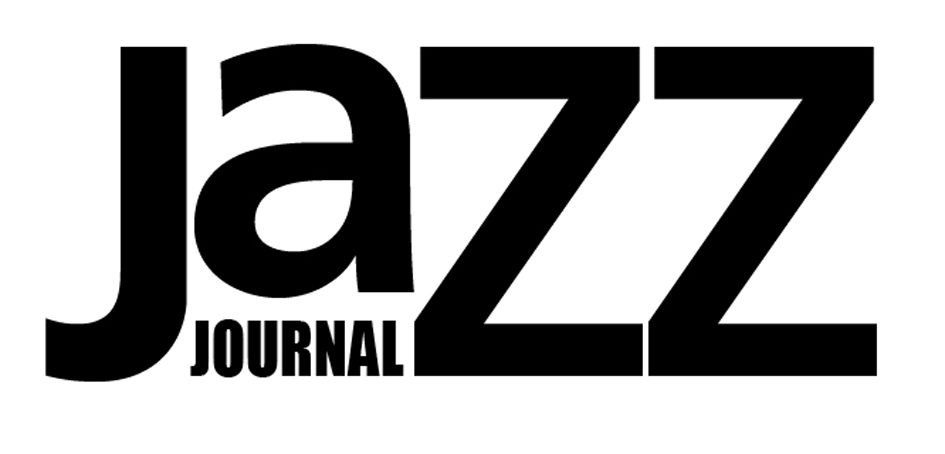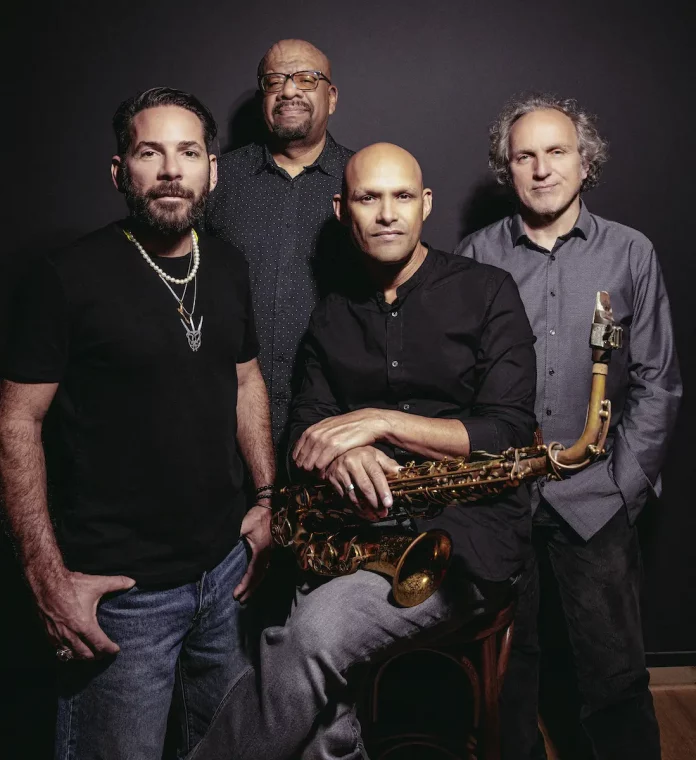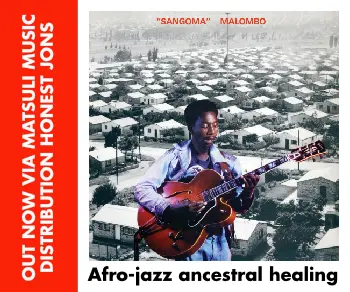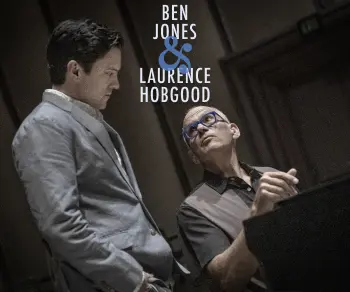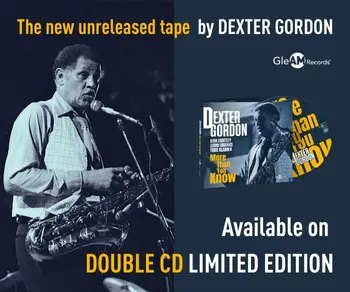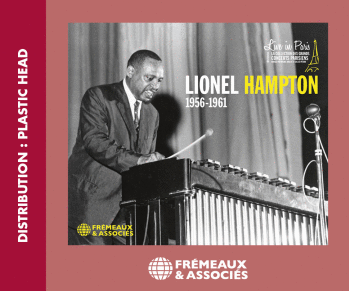Miguel Zenón Vanguardia Subterránea: Live At The Village Vanguard (Miel Music MZ11)
A jazz album recorded at the Village Vanguard club in New York is proof of having passed through the portals of a hall of fame. In saxophonist Miguel Zenón’s case it is perhaps overdue. He has redefined the term “Latin jazz” by combining intricate bop melodies and advanced jazz harmonies with the rhythms and rhythmic textures of a specific locale: Puerto Rico. This is his 18th album as a leader but his first “live” one.
Zenón’s sax sound is here enshrined in seven original charts and reworkings of two Latin classics. It embodies a marriage of the plaintive and frenetic that has long been part of, and refined by, a distinctive quartet sound provided by himself with Venezuelan pianist Luis Perdomo, Austrian bassist Hans Glawischnig and Puerto Rican drummer Henry Cole. Part of the band’s appeal lies in the way Cole’s all-action and sometimes thunderous polyrhythms define what the other members do with the charts and their potential for development. This often involves a fascinating complexity, but not for its own sake. Dale La Vuelta derives from an exercise in rhythmic counterpoint, as Zenón triple times over a complex common-time andante and the tune broadens out with the sax in flight over rhythmic combinations that sound kaleidoscopic but actually derive from the sub-division of compositional space into two zones.
Something similar happens in the title track, a homage to the Village Vanguard itself. It’s described by Zenón as “a melodic poem inspired by the history of the club”. To an ominous background drumbeat, piano-with-sax creates tension, augmented by arco bass – a trio which takes its cue from the drums to work up a riffing lather before that subterranean beat is reprised. It’s initially a rhythmic disconnect that becomes locked together. Puerto Rican salsa is recalled in Perdóname, a recasting of Jorge Luis Piloto’s 1990 song as a tribute to Gilberto Santa Rosa, the sonero (improvising singer), who made it popular. Puerto Rico is recalled again in Vita, written as a birthday present for Zenón’s grandmother and here expanded and rounded into a quartet chart with the melody riding on a chacarera rhythm.
It’s impossible to overstate how much two decades of playing together has fused four distinctive musical voices into one so powerfully eloquent. Like other Vanguard albums, this one illustrates the experience brought to the bandstand in the right place and at the right time.
Fabia Mantwill Orchestra: In.Sight (Initiative Musik)
Berlin composer and arranger Fabia Mantwill assembles a huge cast for musical stories that often seem to demand the quiet intimacy expressed in her descriptions of the six charts on an album lasting just over 38 minutes. If the specific commentaries are fuzzy – Olhos bears the legend “Your eyes see beyond the surface. / Our lives full of encounters. / Reflection. / Reveal in the shift of perspective.” – then her generalised intro is at least marginally less fuzzy, revealing, inter alia, that the album is “my personal journey inward – my path to surrender, leaning into trust.”
Well it may be; but one is used to the noble failure of musicians to explain in words what the listener has to glean from the musical exposition alone. Mantwill’s nobility is matched by her courage in writing for what is virtually a symphony orchestra plus a biggish band of jazz-related instruments together numbering 31 players and augmented variously by six guests, who include clarinettist Anat Cohen and accordionist Goran Stevanovich. Mantwill herself pops up in places as vocalist and tenor saxophonist. She shares composer credits with Michael League and Magdalini Giannikou.
Her problem is the tendency of the symphonic element to swamp the chamber component wherein lies the jazz, with its conventional backbeats and solos. The 18 strings – violins, violas, and cellos – too often swoop and smother, resulting in the difficulty of deciding, when the rest of the orchestra is also up and running, quite what musical genre is being explored. That said, she creates some impressive sonorities and, by and large, the soloists are given space and time. The other four are Kurt Rosenwinkel (guitar), Roosevelt Collier (lap steel guitar), Momi Maiga (kora) and Morris Kliphuis (french horn).
Daniel Garbin: Rising (6 x 20 Records)
Considering how much is made in the blurbs of guitarist Daniel Garbin’s love of the sitar, listeners might decide that the instrument’s fleeting appearance on this album represents an experiment abandoned. Slim Gaillard told me he could play jazz on a watering-can fitted with a trumpet mouthpiece; but Gaillard was the embodiment of novelty and would not have made excessive claims for watering-can or sitar in terms of an exercise that enhanced jazz music.
Garbin introduces the sitar on the opening track, Rising, but overall it detracts from an otherwise half-decent quintet gig with attractive themes (Garbin responsible for four and producer Simona Pop for three), sustained emotional feeling, and focused pursuit of musical tension and relaxation. Another of the sitar track’s problems is the lack of accommodation offered by the backing quartet, which happily plays in conventional jazz mode to help illustrate a collision, rather than a required melding, of cultures. One assumes that marriage was the intention.
Pop’s Simi’s Bossa establishes the album’s mood of easygoing tempi and her DSD a willingness to give soloists space and mileage. Altoist Scott Litroff exults in some passionate playing, pianist Camila Cortina forages productively among harmonic possibilities, while drummer Brian Woodruff and bassist Eddy Khaimovich keep firm control of mood and motion. Garbin throughout plays with lyrical flow and dexterous agility.
